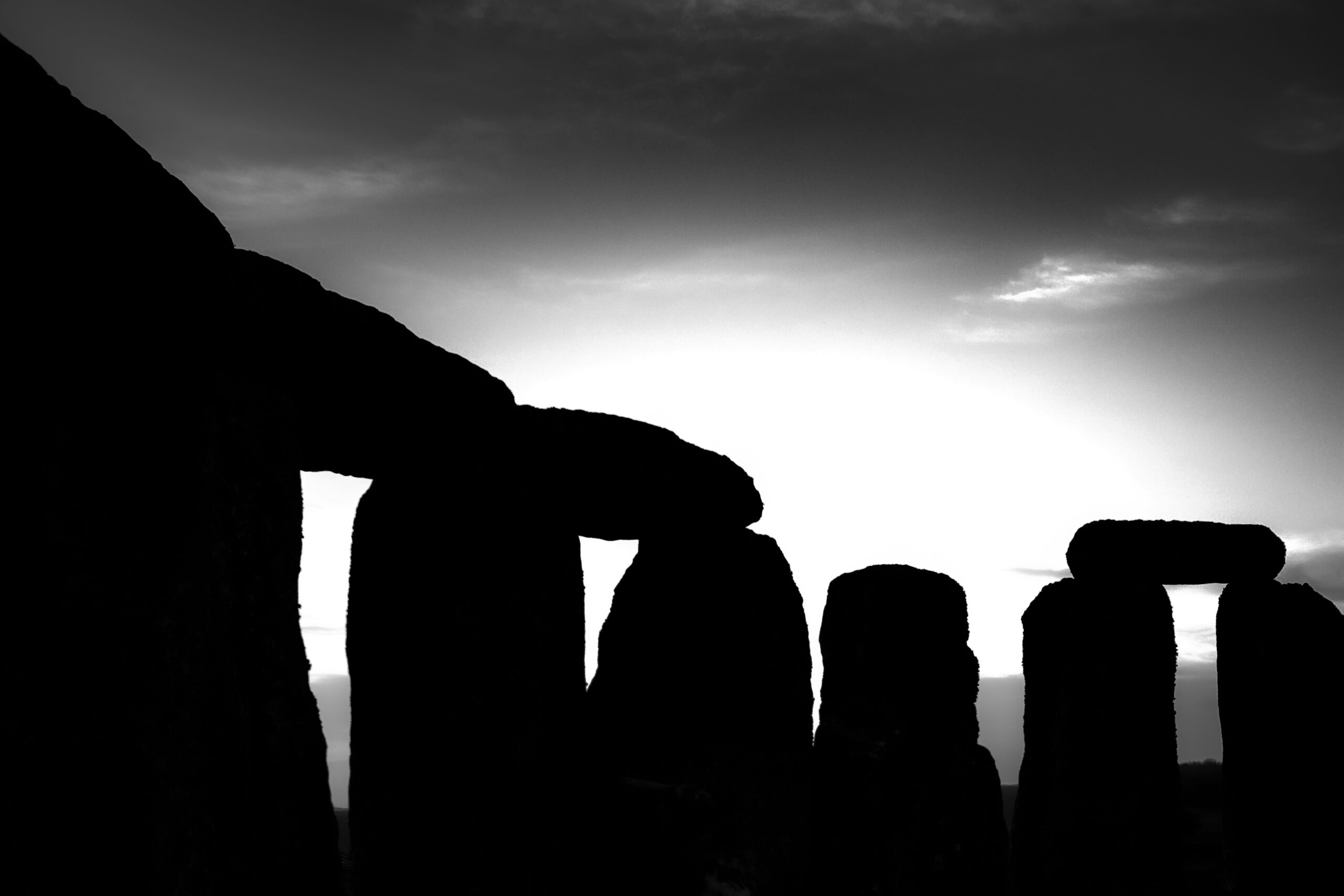Pyntekvister might not be a term you hear every day, but its cultural significance resonates deeply within various communities. This vibrant tradition weaves together history, artistry, and celebration in ways that continue to captivate people today. Whether you’re familiar with Pyntekvister or encountering it for the first time, there’s so much more beneath the surface than meets the eye. Join us as we delve into its origins, explore its role in celebrations, and examine how this unique practice has evolved over time. Get ready to discover why Pyntekvister is not just a relic of the past but an essential part of modern culture!
History and Origins of Pyntekvister
Pyntekvister has deep roots in cultural traditions. Its origins can be traced back to ancient rituals and celebrations. Historically, this term encapsulated a vibrant tapestry of practices that varied across regions.
In earlier societies, Pyntekvister served both practical and ceremonial purposes. Communities used it as a symbol of unity during festivals. It represented connection among people through shared experiences.
As centuries rolled on, the significance evolved yet remained intact. Various ethnic groups adapted Pyntekvister to fit their unique customs while retaining essential elements. This blending enriched its meaning over time.
The art of crafting Pyntekvister also showcases regional craftsmanship, with each variation telling its own story. These creations reflect hours dedicated to intricate designs and techniques passed down through generations.
The historical journey of Pyntekvister intertwines with the identity of communities worldwide, making it not just an artifact but a living part of cultural heritage.
The Role of Pyntekvister in Traditional Celebrations
Pyntekvister holds a special place in traditional celebrations, serving as both a symbol and an integral part of various festivities. Its vibrant colors and intricate designs bring life to gatherings, making each celebration uniquely memorable.
During seasonal events, communities often come together to create Pyntekvister displays. This activity fosters unity and strengthens cultural ties among participants. The process itself becomes a cherished tradition passed down through generations.
Weddings are another significant occasion where Pyntekvister shines. Couples incorporate these beautiful decorations into their ceremonies, enhancing the ambiance with cultural richness.
Festivals celebrating local customs also feature Pyntekvister prominently. They adorn homes, streets, and public spaces while drawing visitors’ attention to the community’s heritage.
These decorations not only enhance aesthetics but also connect individuals with their ancestral roots during meaningful moments in life’s journey.
Modern Uses and Adaptations of Pyntekvister
In contemporary society, Pyntekvister has evolved far beyond its historical roots. Artists and designers are now incorporating this traditional craft into modern decor. You can find stunning wall hangings and intricate table settings that showcase the beauty of Pyntekvister techniques.
Social media platforms have played a significant role in reviving interest. Tutorials on crafting Pyntekvister items flood platforms like Instagram and TikTok, inspiring younger generations to explore their cultural heritage.
Moreover, many fashion labels are integrating patterns inspired by Pyntekvister into clothing lines. This fusion creates a unique blend of tradition and modernity that resonates with diverse audiences.
Pyntekvister is also embraced in community workshops aimed at promoting cultural awareness. Participants not only learn about the art but also engage with its history, fostering a deeper appreciation for their roots while adapting to current trends.
Controversies Surrounding Pyntekvister
Pyntekvister has stirred a significant amount of debate in recent years. While many celebrate its artistic merit, critics argue that it often appropriates cultural symbols without proper context.
Some claim that the commercialization of Pyntekvister strips away its essence. This raises questions about authenticity and respect for traditions.
Moreover, artists creating Pyntekvister-inspired pieces sometimes face backlash for diluting the original meaning behind their designs. These tensions highlight a broader conversation about cultural appreciation versus appropriation.
Social media amplifies these controversies, bringing various perspectives to light. Discussions surrounding who should create or profit from such art are ongoing and complex.
As communities grapple with these issues, they must navigate the fine line between honoring tradition and embracing modern interpretations of Pyntekvister. The dialogue continues to evolve as more voices join in sharing their experiences and viewpoints on this vibrant aspect of culture.
Impact on Society and Personal Reflections
Pyntekvister resonates deeply within communities, creating bonds that transcend generations. Witnessing the joy it brings during celebrations reminds us of our shared heritage.
For many, these vibrant creations symbolize more than just artistry; they represent identity and history. Engaging with Pyntekvister can evoke a sense of belonging in today’s fast-paced world. It connects individuals to their roots while inviting them to explore new interpretations.
Personal reflections often reveal how Pyntekvister shapes perspectives on creativity and cultural pride. Many find inspiration in its intricate designs, leading them to embrace craft as a form of self-expression.
Furthermore, discussions around Pyntekvister encourage dialogue about tradition versus modernity. These conversations foster understanding among diverse groups, bridging gaps through appreciation for artistic expression and communal ties that bind us all together.
Conclusion: Embracing the Cultural Significance of Pyntekvister
The journey of Pyntekvister through time reveals its deep-rooted connections to culture, tradition, and community. As we navigate the modern landscape, these vibrant creations continue to resonate with people on various levels. They serve as symbols of identity and heritage while adapting to contemporary expressions.
Embracing Pyntekvister means more than just appreciating their beauty; it involves recognizing their role in bringing people together. Whether displayed during festivals or incorporated into daily life, they foster a sense of belonging and pride. Each piece carries stories from generations past, reflecting the values and beliefs that shape our societies.
As interest grows globally, so does understanding and respect for this intricate art form. Engaging with Pyntekvister encourages dialogue about cultural diversity and shared human experiences. It invites us all to celebrate creativity in ways that honor traditions while embracing change.
The significance of Pyntekvister is undeniable—not only as artistic expressions but also as vital elements connecting individuals across cultures today. By acknowledging their importance in both historical context and modern interpretations, we pave the way for future generations to appreciate this unique aspect of our world’s rich tapestry.

